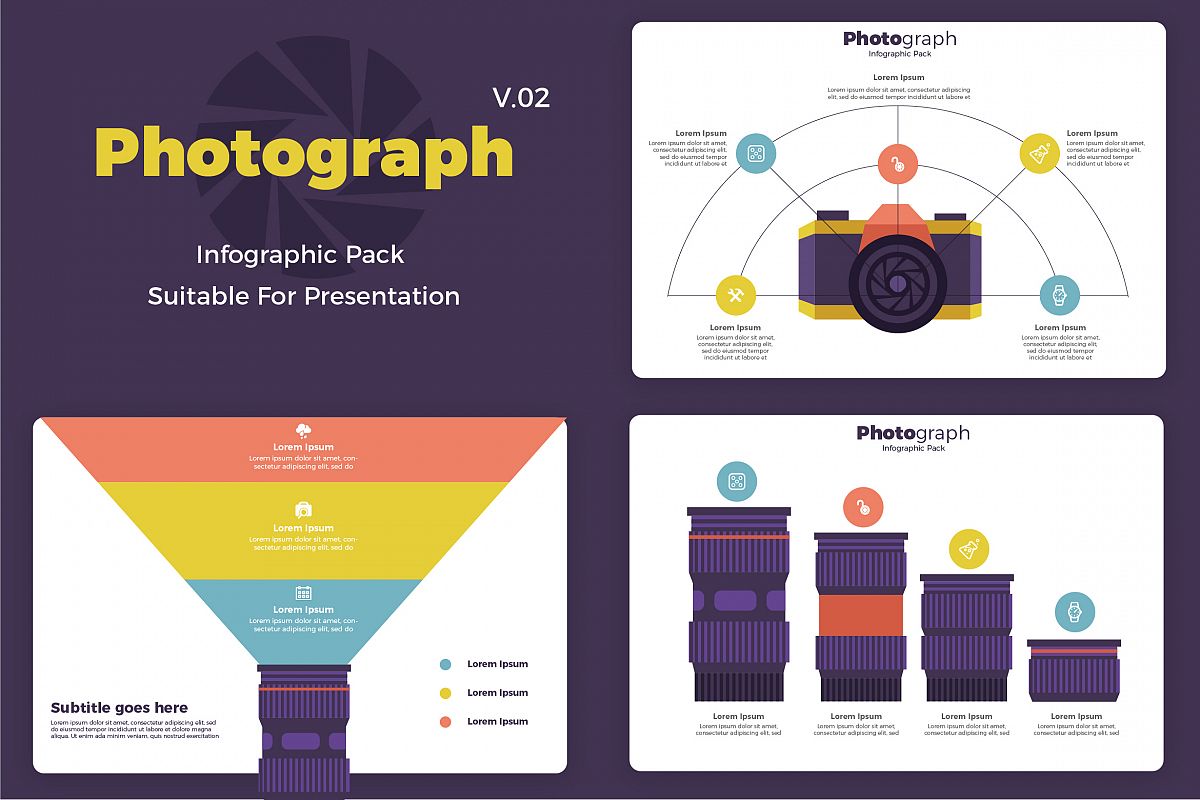Join Us To Uncover Necessary Digital Photography Pointers That Will Unlock Your Camera'S Capacity-- Prepare To Record Spectacular Pictures In No Time!
Join Us To Uncover Necessary Digital Photography Pointers That Will Unlock Your Camera'S Capacity-- Prepare To Record Spectacular Pictures In No Time!
Blog Article
Article Created By-Grant Fuentes
When you initially pick up your video camera, it can really feel frustrating with all the settings and options offered. You may find yourself wondering how to navigate aperture, shutter speed, and ISO efficiently. Grasping Medical Residency Photography is critical, however there's more to digital photography than just technical knowledge. Recognizing composition methods and lighting conditions can boost your photos substantially. So, what happens if you could learn simple strategies to improve your abilities and start capturing impressive photos sooner than you believe? Let's explore how to transform your digital photography journey.
Comprehending Cam Setups
Understanding your cam setups is critical for catching stunning photos. When you grab your camera, familiarize yourself with the 3 major settings: aperture, shutter rate, and ISO. Each plays an essential role in how your photos end up.
Beginning with aperture, which regulates the quantity of light entering the lens. A bigger aperture (reduced f-number) lets in extra light and develops a stunning background blur, perfect for portraits. Alternatively, a narrower aperture (higher f-number) maintains more of the scene in emphasis, perfect for landscapes.
Next, concentrate on shutter speed. This setup identifies how much time your camera's sensor is subjected to light. A fast shutter rate freezes activity, which is terrific for action shots, while a sluggish shutter speed can produce spectacular effects like smooth water in landscapes.
Last but not least, adjust your ISO. This setting impacts your electronic camera's level of sensitivity to light. A greater ISO serves in low-light situations however can present noise or grain. Go for the lowest ISO possible while still achieving proper exposure.
Composition Techniques
When you're out shooting, composition can make all the difference in how your images resonate with customers. Beginning by utilizing the guideline of thirds; picture your framework split right into nine equivalent areas with 2 straight and 2 vertical lines. Setting crucial elements along these lines or at their junctions to produce balance and interest.
Next, think about leading lines. These all-natural lines in your scene, like roadways or rivers, draw the visitor's eye into the photograph, directing them through the tale you're informing.
Do not forget mounting; use elements within your scene, like trees or home windows, to create a structure around your topic, including depth and emphasis.
Additionally, keep an eye on your history. A cluttered history can distract from your primary subject, while an easy one assists it stand out.
Last but not least, explore balance and patterns; they can create a striking picture that records attention.
Learning Lights Issues
Grasping illumination conditions is critical for recording stunning photos, as the appropriate light can transform a regular scene into something phenomenal.
Start by observing natural light at different times of the day. Early mornings and late afternoons provide the very best light, referred to as the gold hour. The soft, cozy tones throughout these times can improve your images beautifully.
Don't shy away from cloudy days either; diffused light can decrease severe darkness and create a pleasing result, especially for portraits.
Experiment with backlighting by placing your topic against the source of light. This technique can develop a wonderful halo effect and include depth to your images.
Pay attention to your electronic camera settings as well. Adjust the ISO, aperture, and shutter rate to match the illumination conditions. A higher ISO can assist in reduced light, but beware of grain.
Use a tripod in darker environments to prevent blur.
Finally, do not fail to remember artificial lights. https://pdnonline.com/photography-business/end-of-year-tax-tips/ and continuous lights can be wonderful tools for regulating light in challenging problems.
Verdict
In conclusion, understanding your cam does not have to be frustrating. By comprehending your setups, applying make-up methods, and using the power of natural light, you'll swiftly boost your photography abilities. Remember, practice makes ideal, so go out there and experiment with your newfound knowledge. With time and devotion, you'll be catching magnificent photos that mirror your special perspective. Delight in the journey, and don't forget to have fun while you go to it!
